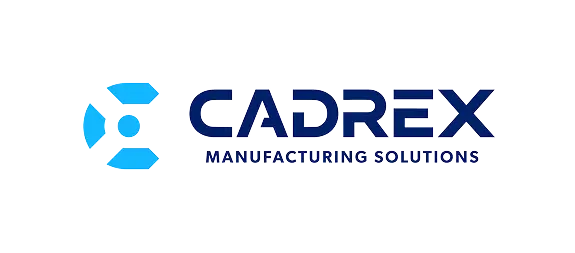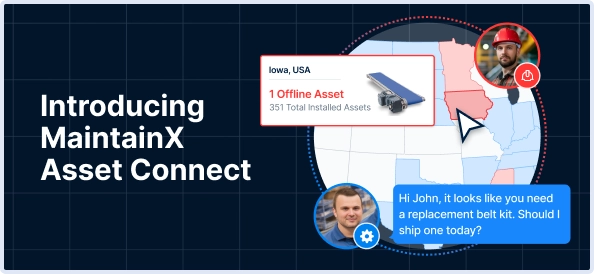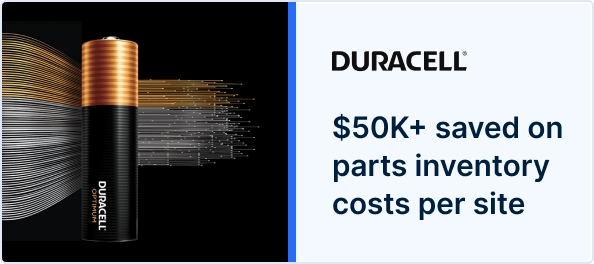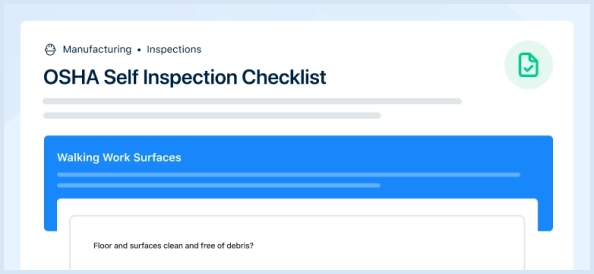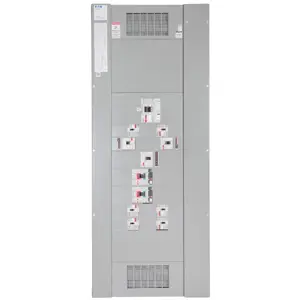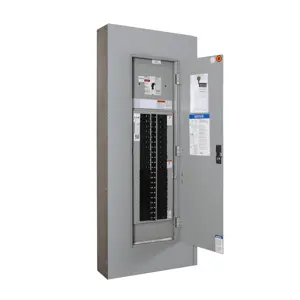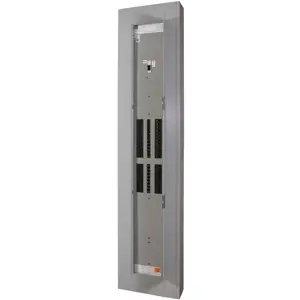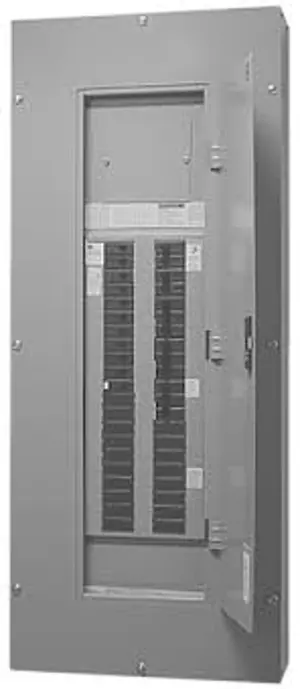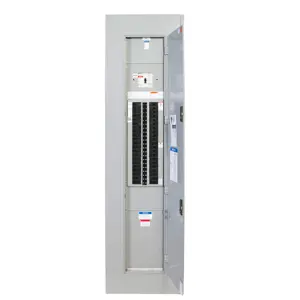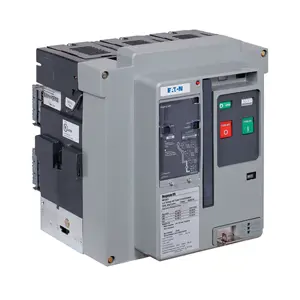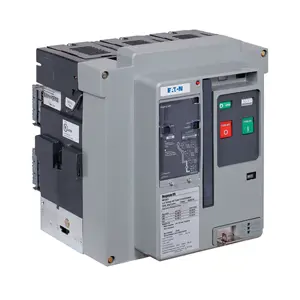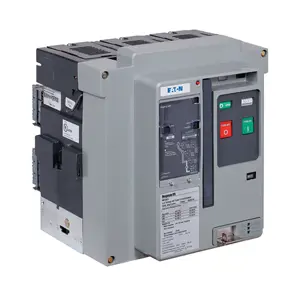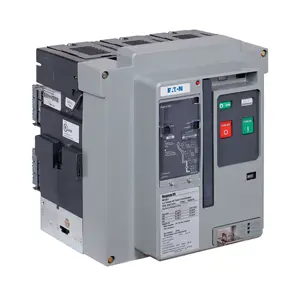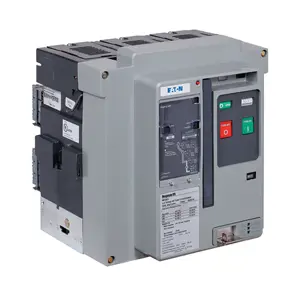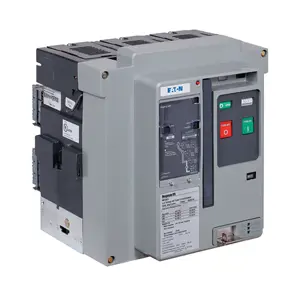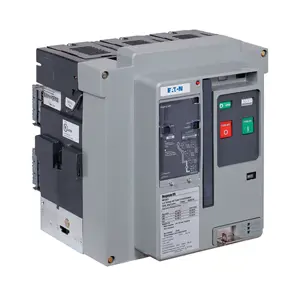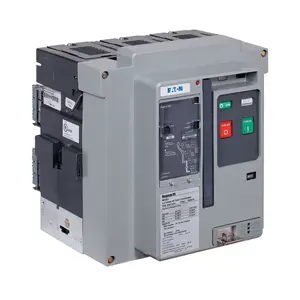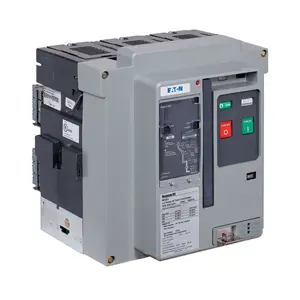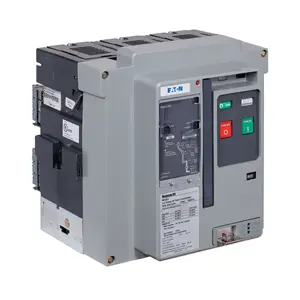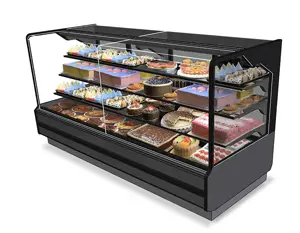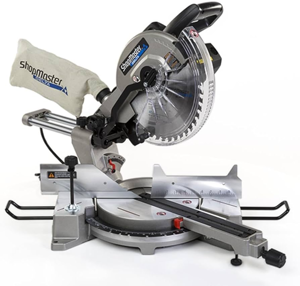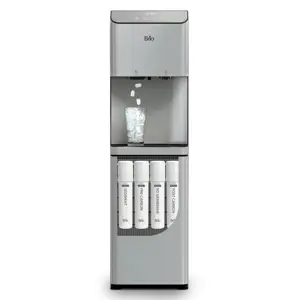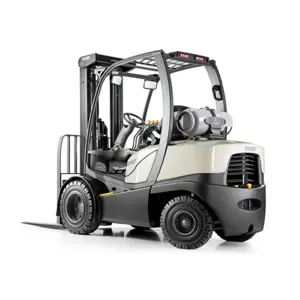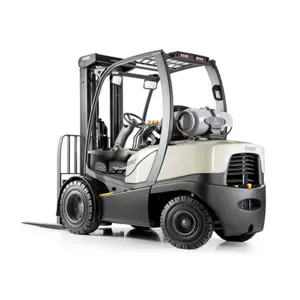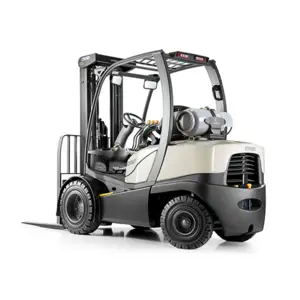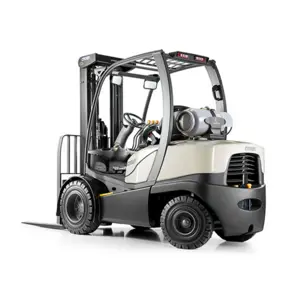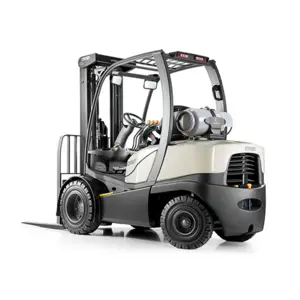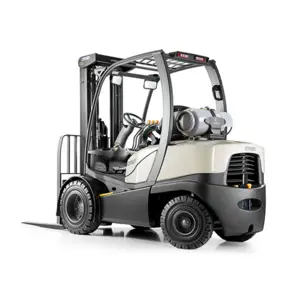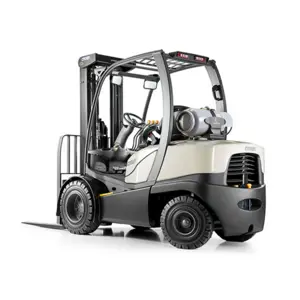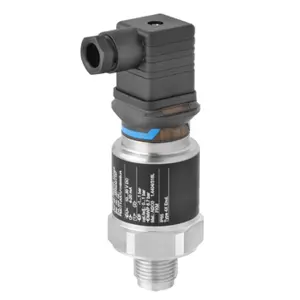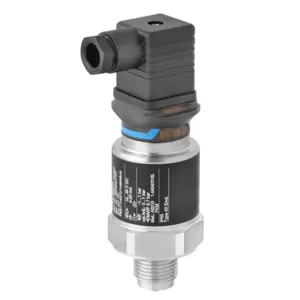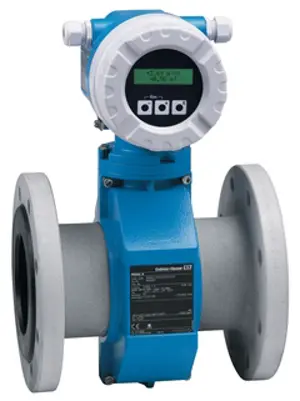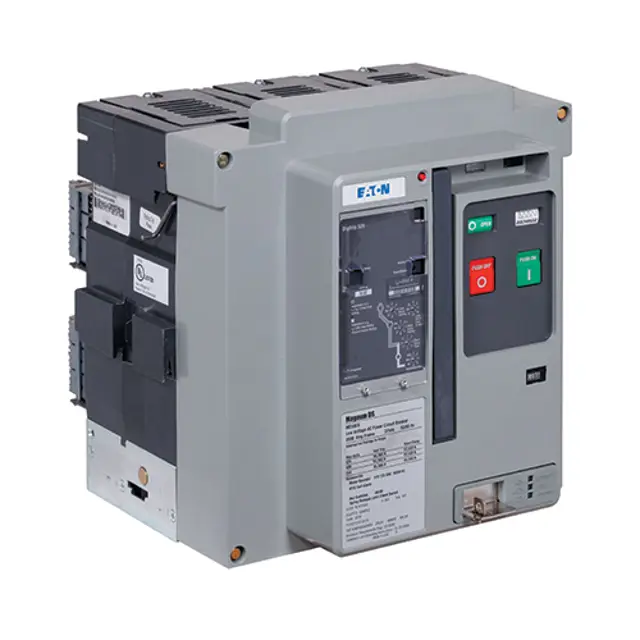

The Eaton Power Circuit Breaker MDS-808 is a robust and reliable circuit protection device designed for industrial applications. Known for its durability and performance, this model ensures optimal electrical safety and efficiency in various operational environments.
Turn manuals into instant answers
with your AI-powered assistantTurn manuals into instant answers
with your AI-powered assistant
Manual for Eaton Power Circuit Breaker MDS-808
Complete asset maintenance, one click away
Get instant access to all the maintenance information you need. Empower technicians to perform preventive maintenance with asset packages, ready to use right out of the box.
Documents & Manuals
Find all the essential guides in one place.
Tensioning Guide
Belt-diagram
C-120 pulleys
+ 13 more
Work Order Templates
Pre-built workflows to keep your asset running smoothly.
Daily Electrical System Inspection
Replace Roller and Pulley
Install Engine B-120
+ 29 more
Procedures
Integrate maintenance plans directly into your work orders.
Motion Industries
Applied Industrial Technologies
Electrical Brothers
+ 5 more
Parts
Access the parts list for your equipment in MaintainX.
Drive Motor
B2 Rollers
Tensioning System
+ 40 more

Eaton Power Circuit Breaker MDS-808
Create an account to install this asset package.
Maintenance Plans for Eaton Power Circuit Breaker Model MDS-808
Integrate maintenance plans directly into your work orders in MaintainX.
1 Yearly Arc Chute Inspection
Pre-inspection conditions: Device(Fixed): Position of Poles: Open, Mechanism: Discharged, Device Position in Cassette: -. Device(Drawout): Position of Poles: Open, Mechanism: Discharged, Device Position in Cassette: Removed.
Circuit breaker's arc chutes and arc chambers free from damage or dirt
Signs of significant erosion of the V-shaped plated inside the arc chute
Arc chutes fit inside the arc chambers and down over the primary contacts. Each arc chute is held in place by either 1 (SB) or 4 (SBSE) top inserted screws.
Remove arc chute screws and all arc chutes from the arc chamber
Turn each arc chute upside down and visually inspect the inside
Look for erosion and sooty discoloration on the splitter plates and insulating jacket
If arc chutes show severe signs of erosion or discoloration, replace with a new arc chute
Note: Because the arc chutes are removed, this is an ideal time to inspect the primary contacts for wear (See Primary Contact Inspection procedure on page 59).
3 Yearly Internal Mechanism Inspection
Pre-inspection conditions
Device (Fixed): Position of Poles
Device (Fixed): Mechanism
Device (Fixed): Device Position in Cassette
Device (Drawout): Position of Poles
Device (Drawout): Mechanism
Device (Drawout): Device Position in Cassette
Procedure
Inspect the breaker for nicked wires, cracks in plastic parts, and loose screws
5 Yearly Primary Injection Trip Unit Testing
Warning: This procedure requires trained personnel with PPE!
Charged the breaker mechanism springs
Closed the breaker
Charged the breaker mechanism springs again
Checked the state of the pop-out trip indicator
Pressed the ON pushbutton to manually close the breaker
Used the Functional Test Kit to trip the breaker
Reset the trip unit
Repeat this entire described test procedure three times
1 Yearly Primary Contact Inspection
Pre-inspection conditions: Device (Fixed): Position of Poles: Open, Mechanism: Discharged, Device Position in Cassette: -. Device (Drawout): Position of Poles: Open, Mechanism: Discharged, Device Position in Cassette: Removed.
Note: Using the mating line of the housing halves as a reference guide will assist in this visual inspection.
Remove the arc chutes, look directly down into the arc chamber (Figure 98), and visually inspect each primary contact structure for signs of wear and/or damage.
Use the contact wear indicator to inspect each contact The contact wear indicator is the relative position of the individual contact fingers to a narrow, side-to-side ledge inside the arc chamber The ledge is actually part of the arc chamber When the circuit breaker is closed and the contacts are in good condition, the narrow ledge is covered by the back end of each of the contact fingers (Figure 99) If the back end of any of the contacts are below the ledge, the contact assembly should be replaced.
Once the inspection is complete, be sure to verify the arc chutes are properly replaced as previously described in the Arc Chute Inspection procedure.
WARNING: ARC CHUTES MUST BE SECURED PROPERLY IN PLACE BEFORE A CIRCUIT BREAKER IS INSTALLED IN A CIRCUIT BREAKER COMPARTMENT. FAILURE TO DO THIS COULD RESULT IN EQUIPMENT DAMAGE, BODILY INJURY, OR EVEN DEATH.
Sign off on the inspection
Electrical Operation Functional Testing
Warning: Breaker accessory voltages can vary within the same breaker. Be sure to review the accessory voltage rating before energizing as damage may occur.
This test procedure assumes that the breaker is equipped with optional shunt trip (ST), undervoltage release (UVR), and/or spring release (SR) accessories (Figure 94). If one accessory is missing, substitute the manual button or manual charge handle to replace the accessory’s function. If equipped with a motor operator, the voltage is listed on the breaker nameplate.
Enter the voltage of the motor operator
Did the breaker mechanism springs charge using the motor operator?
Did the breaker close by applying rated voltage to the spring release accessory?
Did the breaker mechanism springs charge using the motor operator again?
Did the breaker open by applying rated voltage to the shunt trip accessory?
Note: If UVR is not installed, proceed to step 7.
With UVR energized, did the breaker close using the spring release accessory?
Unlock efficiency
with MaintainX CoPilot
MaintainX CoPilot is your expert colleague, on call 24/7, helping your team find the answers they need to keep equipment running.
Reduce Unplanned Downtime
Ensure your team follows consistent procedures to minimize equipment failures and costly delays.
Maximize Asset Availability
Keep your assets running longer and more reliably, with standardized maintenance workflows from OEM manuals.
Lower Maintenance Costs
Turn any technician into an expert to streamline operations, maintain more assets, and reduce overall costs.
Thousands of companies manage their assets with MaintainX



